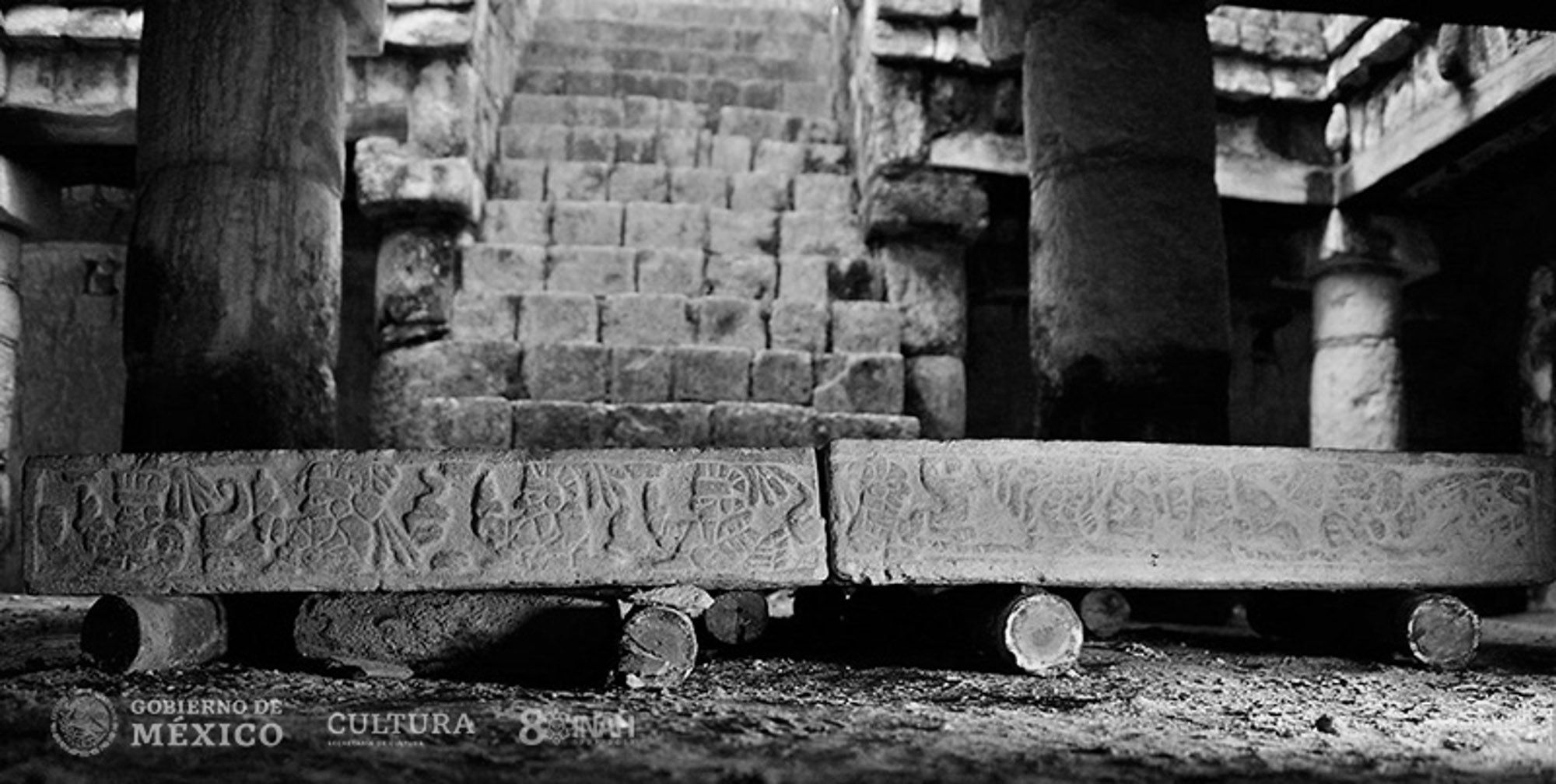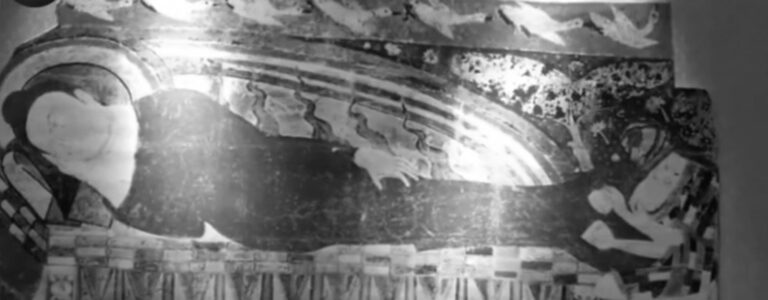Researchers have discovered five architectural complexes including a pyramid from the ancient Mayan culture which features offerings to gods, a table with carvings of prisoners and a ritual centre.
The discoveries were made at the Chichen Itza archaeological in the state of Yucatan, southern Mexico. Chichen Itza was a large pre-Columbian city built by the Mayan people.

Dozens of structures were found in each other the five new complexes and archaeologist Francisco Perez, said in a press statement sent by the National Institute of Anthropology and History (Instituto Nacional de Antropologia e Historia-INAH), that “four of the complexes seem to be habitable.
“The other one has a small pyramid around five metres high and a double room in the top part and a staircase which tells us that it might have had ritual use”.
Details pertaining to the rituals are currently unclear, although the Mayans are know to have undertaken human sacrifice.
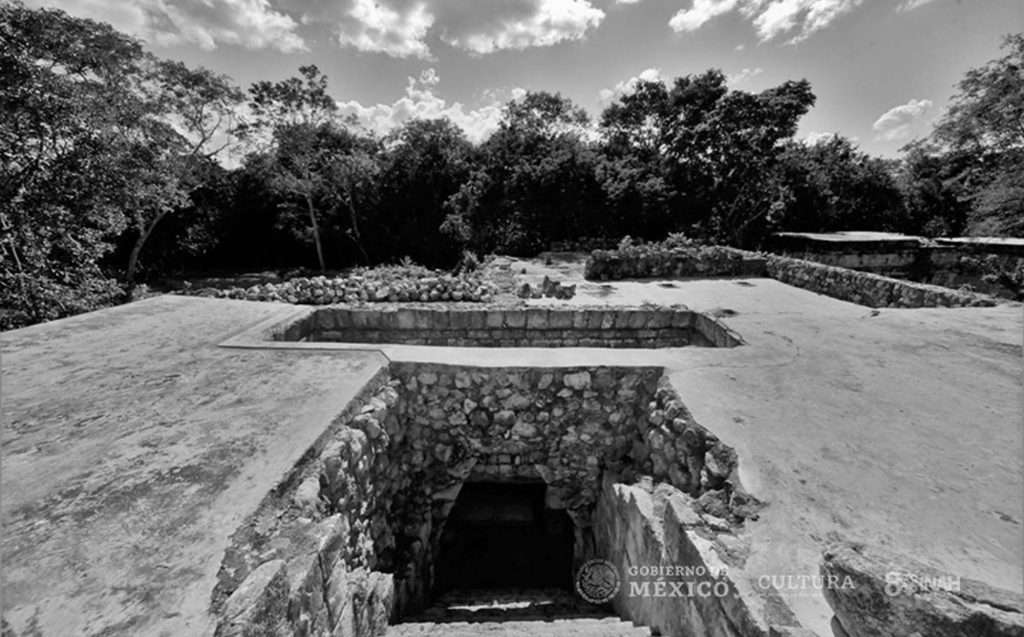
The researchers say studying the habitable areas will help them learn more about the Mayan inhabitants of the pre-Hispanic city as little is currently known about them.
Local media report never-before-seen objects such as a stone table with representations of prisoners on the edges which could date from between 900 and 1,000 AD.
The stone table measures 1.66 metres (5.4 feet) long and 1.27 metres (4.2 feet) wide. It contains 34 carved characters, 18 of them are prisoners with their hands tied with rope, and the other 16 are the guards dressed up as warriors.
The table is believed to have belonged to a construction which is yet to be found. A pyrite disc measuring 30 centimetres (12 inches) in diameter was also found at the site. The disc is thought to be an offering from between 850 – 1,200 AD.
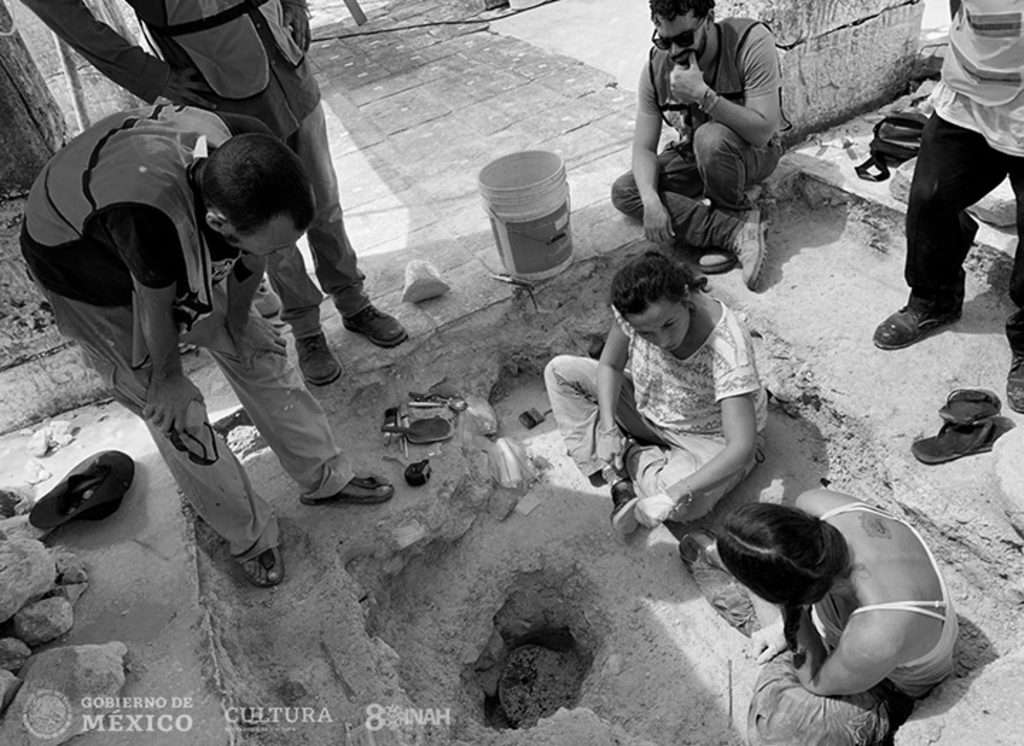
Marco Antonio Santos, the Director of the archaeological site said: “Those discs are important items for the Mayan elite. In Chichen Itzan three others were discovered that are kept in the museum and this is the fourth.”
Another of the discoveries was found in the Gallery Patio of the Moon (Galeria-Patio de la Luna), where a large room of columns with a roof was found.
The House of the Snails (Casa de los Caracoles) is part of the Palace of the Phallus (Palacio de los Falos), an important elite residence in ancient Chichen Itza. The House of the Snails is named after the spiral staircase inside. The Palace of the Phallus is replete with phallic statues.
The project focused on the consolidation of three structures of the complex of Serie Inicial: the Gallery-Patio of the Moon, an altar located in the centre of the South Square of the complex, along with the interior and the facade of the Casa de los Caracoles.
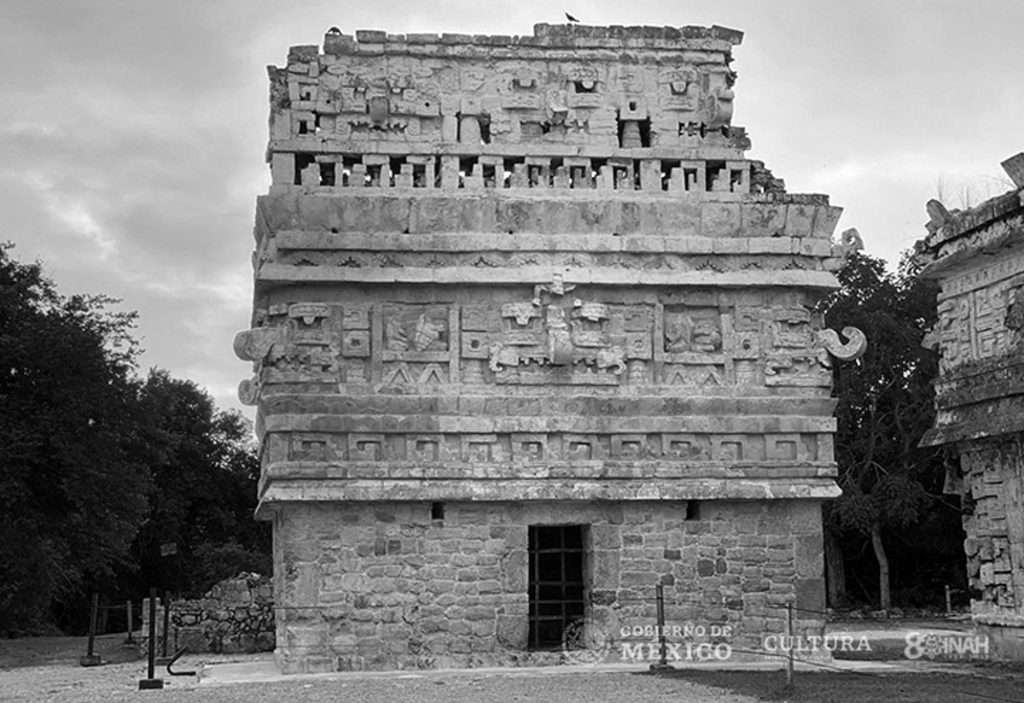
The project also included the preservation of two benches in the Juego de Pelota building, which are 95 metres long, as the carved figures were being affected by microorganisms and damp.
During the first digging at the archaeological site in the 1930s saw a focus on the larger complexes and the smaller complexes were not investigated in detail.
To find out more about the author, editor or agency that supplied this story – please click below.
Story By: Ana Lacasa, Sub-Editor: Joseph Golder, Agency: Central European News
The Ananova page is created by and dedicated to professional, independent freelance journalists. It is a place for us to showcase our work. When our news is sold to our media partners, we will include the link here.

